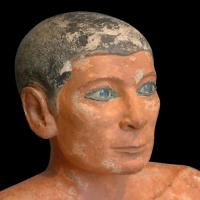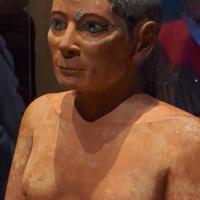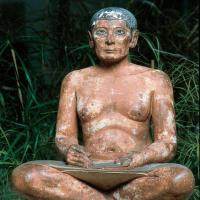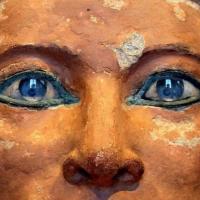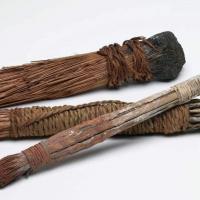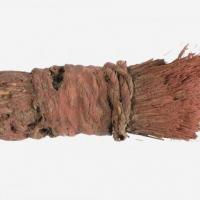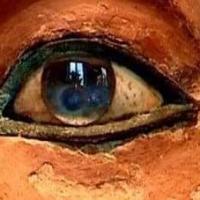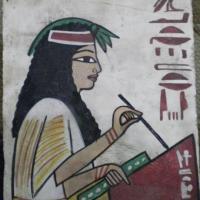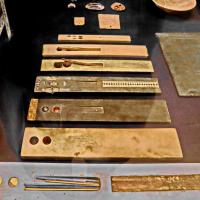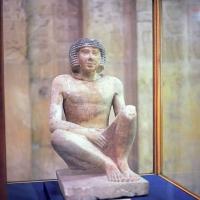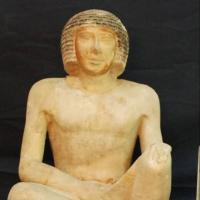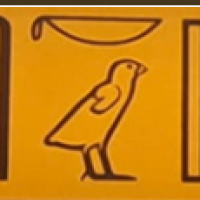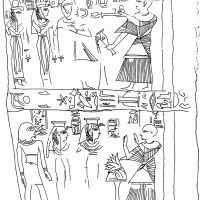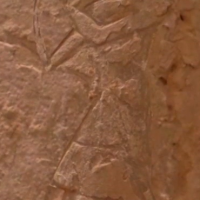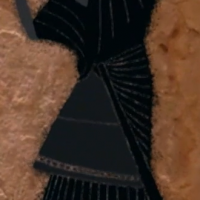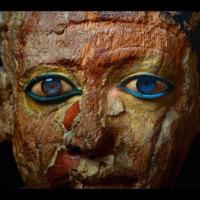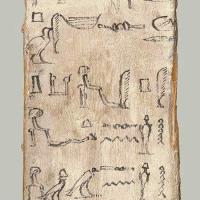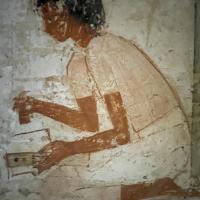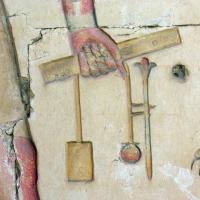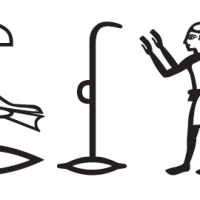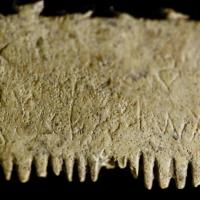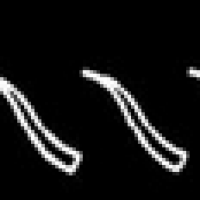ScanPyramids SP-NFC 2023 Report
Launched in October 2015, the ScanPyramids mission is an international initiative aimed at using non-destructive techniques to examine the Egyptian pyramids. The mission is jointly coordinated by the Faculty of Engineering of the Cairo University (Egypt) and the HIP Institute (France), and has brought together a diverse and international group of partners from various fields and countries. These include the Nagoya University (Japan), the CEA (French Alternative Energies and Atomic Energy Commission, France), the KEK (High Energy Accelerator Research Organization, Japan), the Laval University (Canada), Inria (French Institute for Research in Computer Science and Automation), the CNRS (French National Center for Scientific Research, France), and the Technical University of Munich (Germany), as well as the companies Dassault Systèmes, Whatever the Reality, and Emissive.
In 2017, the team announced the discovery of a large void above the Grand Gallery of the Khufu Pyramid (Cheops Pyramid) thanks to cosmic ray muons (Morishima et al., 2017). In parallel, the ScanPyramids team investigated other parts of the Khufu Pyramid, and, in particular, the area that surrounds the chevron of the north face. In 2016, the scientific teams detected thermal anomalies in this area. They subsequently installed muon emulsion films from Nagoya University in the Descending Corridor, located under the chevrons. These measurements revealed the presence of a void above the Descending Corridor. This void, named ScanPyramids-North Face Corridor (SP-NFC), was then studied using additional muon emulsion films to refine its position and dimensions. Between 2019 and 2020, the CEA placed its own, real-time muon detectors below the SP-NFC, in addition to the films from Nagoya University. Between 2020 and 2022, the Technical University of Munich conducted radar and ultrasound campaigns on the chevrons. Combining the results of all the non-destructive techniques deployed in the Khufu Pyramid, the Scan Pyramids realized that the SP-NFC could be reached with an endoscope behind the chevrons.
On 24 February 2023, directly after presenting the research results to the Scientific Committee headed by Dr. Zahi Hawass, the ScanPyramids team successfully showed the SP-NFC to the Committee: using a high-frequency ground penetrating radar, the ScanPyramids team found an opening in the joint behind the lower blocks of the chevrons, which made it possible it to introduce a state-of-the-art endoscope with a diameter of only 5 mm.
Today (March 2, 2023), the ScanPyramids team is releasing two scientific articles that detail this discovery, as well as the first image of the ScanPyramids-North Face Corridor.
2. Precise characterization of the SP-NFC with cosmic-ray muons
In the first scientific article (Procureur, Morishima et al., Nature Communications, 2023), the ScanPyramids team reports the results of two independent muon imaging campaigns.
Reference: Procureur S, Morishima K et al. Precise characterization of a corridor-shaped structure in Khufu’s Pyramid by observation of cosmic-ray muons. Nature Communications. 2023. https://www.nature.com/articles/s41467-023-36351-0
3. Ground Penetrating Radar (GPR) and Ultrasonic Testing (UST) on the chevrons
In the second scientific article (Elkarmoty, Rupfle et al., NDT&E International, 2023), the ScanPyramids team reports the results of three independent measurement campaigns.
Article: Elkarmoty M.,Rupfle J, et al. Localization and shape determination of a hidden corridor in the Great Pyramid of Giza using non-destructive testing. NDT and E International. 2023. https://doi.org/10.1016/j.ndteint.2023.102809
4. Endoscopic investigations
Combining the results from muography, ground penetrating radar, and ultrasonic testing, the ScanPyramids team realized that the SP-NFC could be reached with an endoscope behind the chevrons. Using a high-frequency GPR, the ScanPyramids team found an opening in the joint behind the lower blocks of the chevrons, which made it possible to introduce a state-of-the-art endoscope with a diameter of only 5 mm. This revealed the very first images of what turned out to be not only a void or a cavity but an unforeseen architectural structure. This is the first time in more than 4500 years that one can see the inside of this long-forgotten room of the Khufu Pyramid.
We hope that Egyptologists and ancient Egypt architecture specialists will explain the purpose of the SP-NFC. These first images are still being analyzed by the team and more details will be released in the future. "
